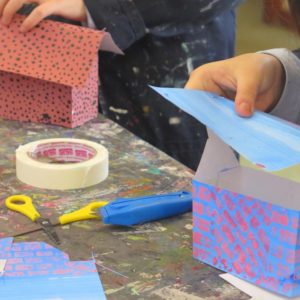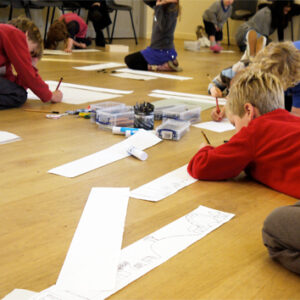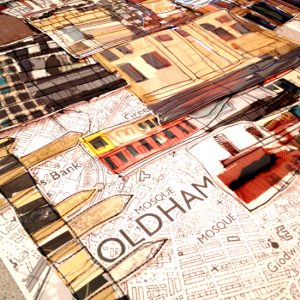A collection of imagery and sources which you can use to prompt drawing in schools and community groups.
Please note that this page contains links to external websites and has videos from external websites embedded. At the time of creating, AccessArt checked all links to ensure content is appropriate for teachers to access. However external websites and videos are updated and that is beyond our control.
Please let us know if you find a 404 link, or if you feel content is no longer appropriate.
We strongly recommend as part of good teaching practice that teachers watch all videos and visit all websites before sharing with a class. On occasion there may be elements of a video you would prefer not to show to your class and it is the teacher’s responsibility to ensure content is appropriate. Many thanks.
This resource is free to access and is not part of AccessArt membership.

Wild Flowers
Use this collection of films as source material for pupils exploring wild flowers. In the first instance you might want to pause the videos as suitable points to enable the children to carefully look at the main forms and details. Try to create a sense of momentum – for example you might pause the video 4 times and ask the pupils to make a 1 minute, 2 minute, 3 minute and 4 minute drawing at each pause.
Encourage close and slow looking by talking as they draw – use your voice to attract their attention to features of the flowers.
When pupils are more experienced, you can also try getting them to make their drawings as the videos play – making quick gestural sketches.
Drawing Exercises
-
Have the children draw in a quiet room, with the video on the whiteboard.
-
Stop the video at a chosen frame and use your voice to direct their drawing. Choose words which relate to the imagery, for example you might decide to focus their attention on vertical lines, so you might choose words like: line, growth, upward, downward, fall… or you might choose to attract their attention to the energy of a wave or the curve of a plants stem. Think carefully about the words you use – they don’t have to be used in sentences – you can speak lists.
-
Each sketchbook response might take just 3 to 5 minutes, then move on to another still. Create a sense of momentum.
-
Direct pupils to use a chosen medium. You might like to start with soft pencil or handwriting pen.
This Source Material Features in…
Pathway: Cloth, thread, paint
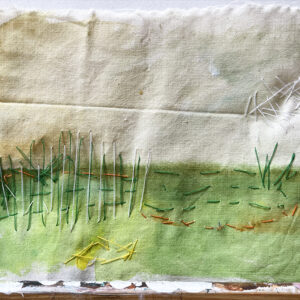
Pathway: Flora and Fauna
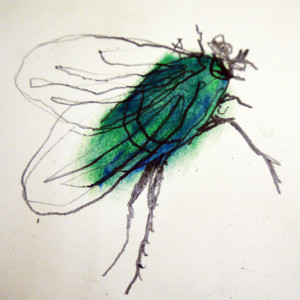
using sketchbooks to make visual notes
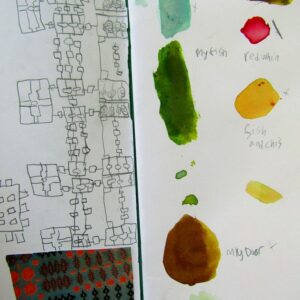
Show me what you see
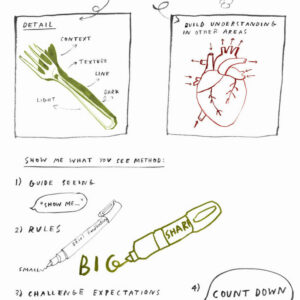
A collection of imagery and sources which you can use to prompt drawing in schools and community groups.
Please note that this page contains links to external websites and has videos from external websites embedded. At the time of creating, AccessArt checked all links to ensure content is appropriate for teachers to access. However external websites and videos are updated and that is beyond our control.
Please let us know if you find a 404 link, or if you feel content is no longer appropriate.
We strongly recommend as part of good teaching practice that teachers watch all videos and visit all websites before sharing with a class. On occasion there may be elements of a video you would prefer not to show to your class and it is the teacher’s responsibility to ensure content is appropriate. Many thanks.
This resource is free to access and is not part of AccessArt membership.

Insects
Use this collection of films as source material for pupils exploring insects. In the first instance you might want to pause the videos as suitable points to enable the children to carefully look at the main forms and details. Try to create a sense of momentum – for example you might pause the video 4 times and ask the pupils to make a 1 minute, 2 minute, 3 minute and 4 minute drawing at each pause.
Encourage close and slow looking by talking as they draw – use your voice to attract their attention to features of the insect.
When pupils are more experienced, you can also try getting them to make their drawings as the videos play – making quick gestural sketches.
Drawing Exercises
-
Have the children draw in a quiet room, with the video on the whiteboard.
-
Stop the video at a chosen frame and use your voice to direct their drawing. Choose words which relate to the imagery, for example you might decide to focus their attention on vertical lines, so you might choose words like: line, growth, upward, downward, fall… or you might choose to attract their attention to the energy of a wave or the curve of an animals back. Think carefully about the words you use – they don’t have to be used in sentences – you can speak lists.
-
Each sketchbook response might take just 3 to 5 minutes, then move on to another still. Create a sense of momentum.
-
Direct pupils to use a chosen medium. You might like to start with soft pencil or handwriting pen.
This Souce Material Is Used In…
Pathway: Flora and Fauna

using sketchbooks to make visual notes

Show me what you see

A collection of imagery and sources designed to introduce children to the work of Danish artist Molly Haslund.
Please note that this page contains links to external websites and has videos from external websites embedded. At the time of creating, AccessArt checked all links to ensure content is appropriate for teachers to access. However external websites and videos are updated and that is beyond our control.
Please let us know if you find a 404 link, or if you feel content is no longer appropriate.
We strongly recommend as part of good teaching practice that teachers watch all videos and visit all websites before sharing with a class. On occasion there may be elements of a video you would prefer not to show to your class and it is the teacher’s responsibility to ensure content is appropriate. Many thanks.
*If you are having issues viewing videos it may be due to your schools firewall or your cookie selection. Please check with your IT department.*
This resource is free to access and is not a part of AccessArt membership.



The Circle Project by Molly Haslund
Teacher’s Notes
“Molly Haslund ventures out into the city wearing grey: a grey suit, grey socks and grey shoes so that she blends in with the tarmac and the pavement. She carries a huge pair of compasses much taller than herself. She stops somewhere and starts drawing a white circle on the ground. She completes the first circle and then moves the pair of compasses and starts drawing a new circle that overlaps the first one. She draws a third circle and stands in her grey shoes in the middle of the circle for a moment before snapping the pair of compasses together and moving on.” https://www.mollyhaslund.com/circles-2013-2
“… The focus is on the physical action, on the movement of the circles, and the patterns emerging and disappearing again – and of course the effect grows with the number of participants. on the other hand, if you want to draw alone, you can just withdraw a little from the rest. A bit like on the dance floor.” Molly Haslund
Watch the video with the pupils, and look at the images below. Find questions to prompt discussion at the end of this resource.
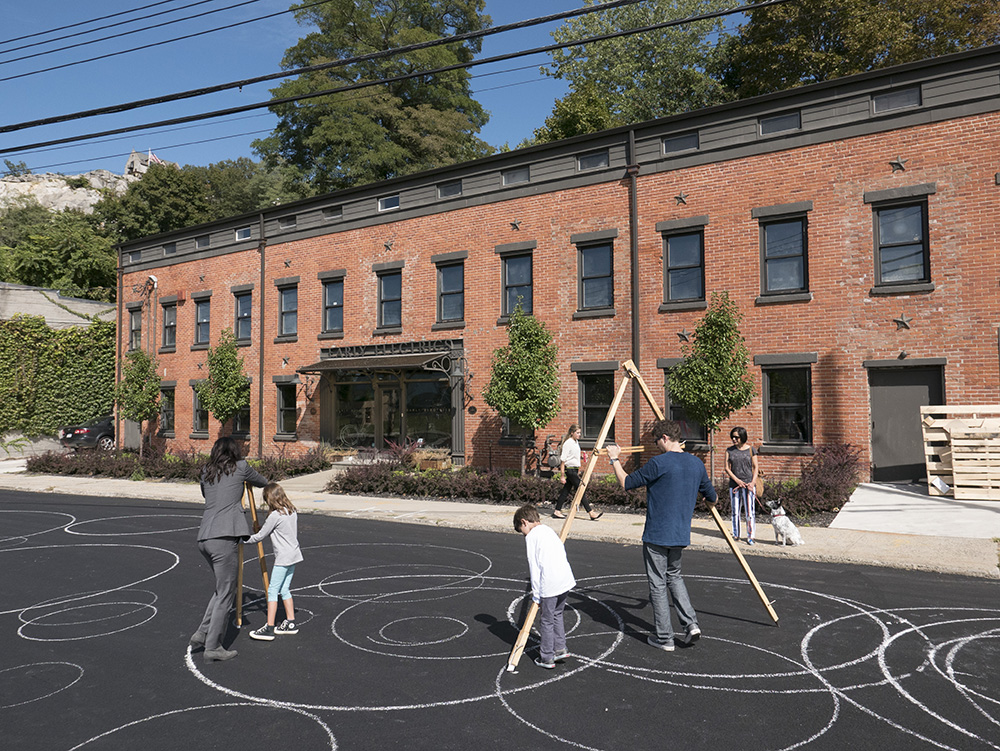
Circles, Molly Haslund, 2015, New York, Peekskill Project #6, Hudson Valley MOCA, Photo by Joe Orangias
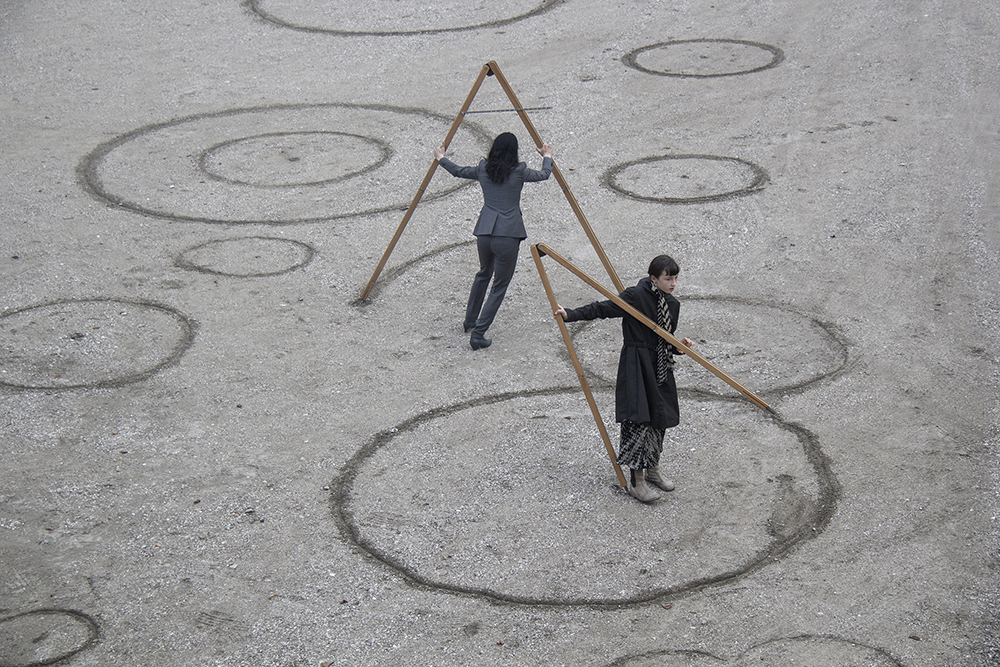
Circles (2013), Molly Haslund, Museum of Contemporary Art, Roskilde, Denmark, Photo by Matilde Haaning
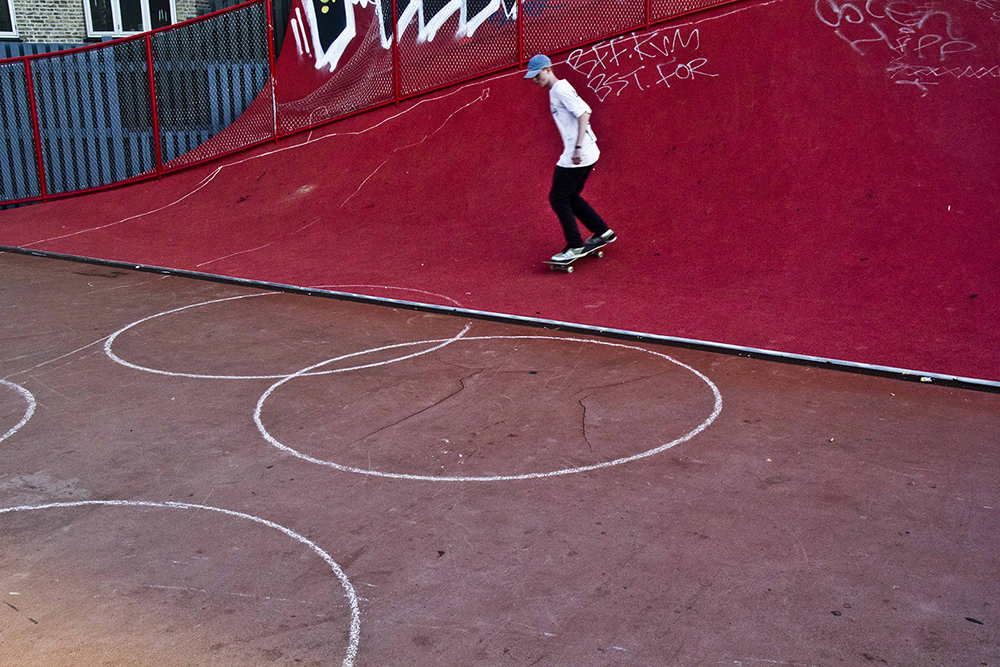
Circles, Molly Haslund, 2014, Art Week, Superkilen, Copenhagen, Denmark, Photo by Matilde Haaning
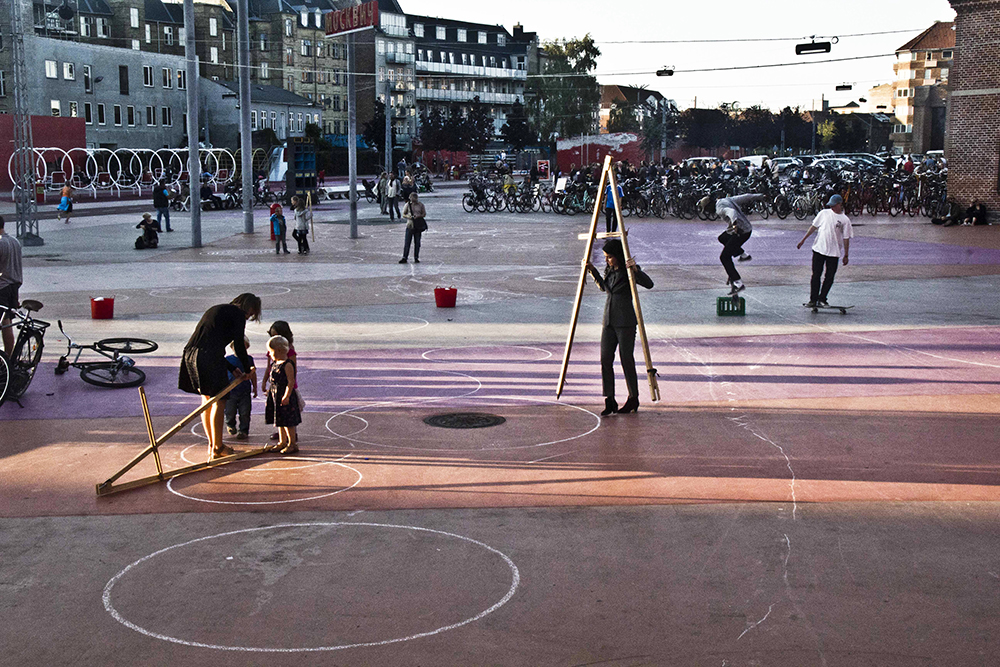
Circles, Molly Haslund, 2014, Art Week, Superkilen, Copenhagen, Denmark, Photo by Matilde Haaning
Questions to Ask Children
How would you feel if you came across these circles in your street or playground, without knowing who had made them or why? What would you do? Would they change the way you move?
How do you think Molly, the artist, chooses where to make her circles?
How could you make similar circles in your playground, using chalk tied to sticks?
How would the circles you make join up with the circles your friends make?
What would other pupils in your school think if they discovered your circles? What do you think they would do?
What other shapes could you make with your body in the playground? Would you need tools?
If music played would you make different shapes? How would the shapes be different?
This Talking Points Is Used In…
Pathway: Spirals
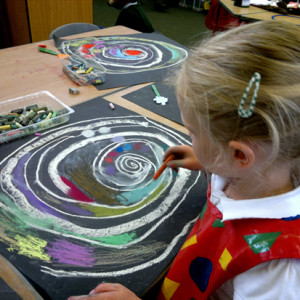
using sketchbooks to make visual notes
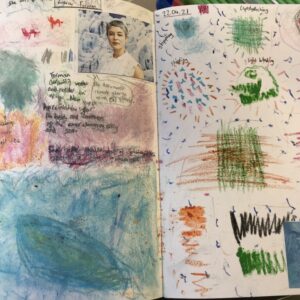
Show me what you see

See This Resource Used In Schools…
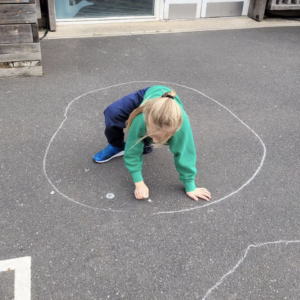
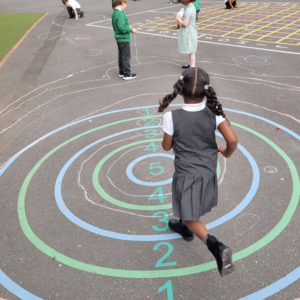
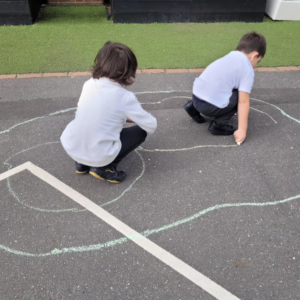

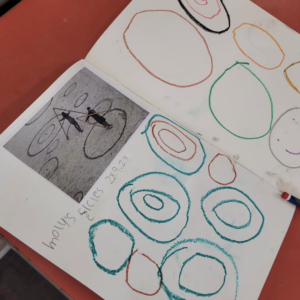
See This Resource Used in Schools…
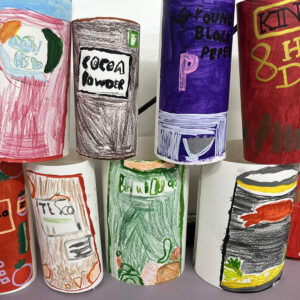
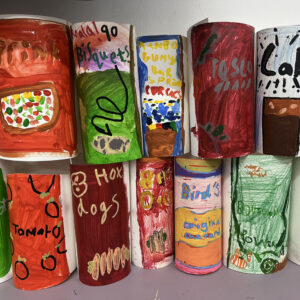
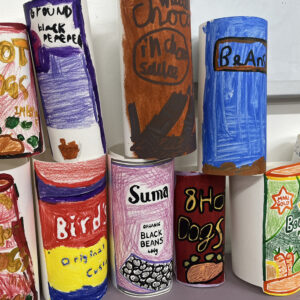
You May Also Like…
Pathway: Festival Feasts
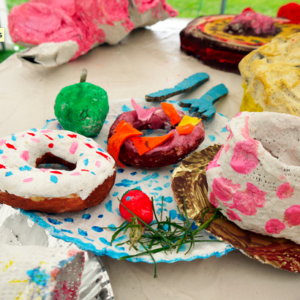
Talking Points: Claes Oldenburg
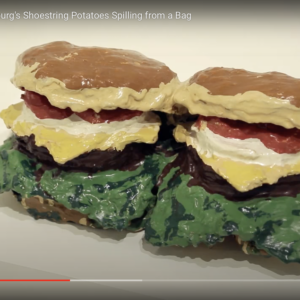
Talking Points: Nicole Dyer
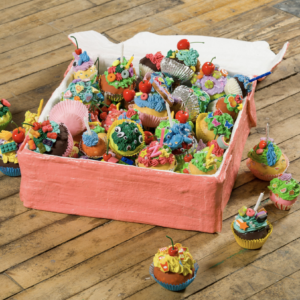
Talking Points: Lucia Hierro
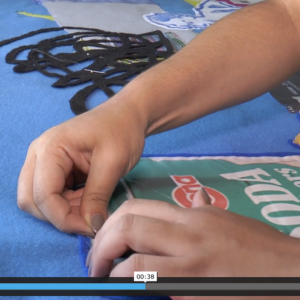
Drawing source material: Food

A collection of embedded google maps at chosen locations to help you explore architecture through drawing and discussion.
Please note that this page contains links to external websites and has videos from external websites embedded. At the time of creating, AccessArt checked all links to ensure content is appropriate for teachers to access. However external websites and videos are updated and that is beyond our control.
Please let us know if you find a 404 link, or if you feel content is no longer appropriate.
We strongly recommend as part of good teaching practice that teachers watch all videos and visit all websites before sharing with a class. On occasion there may be elements of a video you would prefer not to show to your class and it is the teacher’s responsibility to ensure content is appropriate. Many thanks.
This resource is free to access and is not part of AccessArt membership.

Navigate around the building to explore.
-
Draw from different angles and perspectives
-
Invite children to make drawings of different timed length: 10 minutes, 5 minutes, 2 minutes.
-
Try various challenges:
-
Make a drawing in one continuous line.
-
Make a drawing using only straight lines.
-
Make a drawing using different line weights.
-
Make a drawing using charcoal, pen, ink and nib etc
You May Also Like…
Pathway: Be an architect
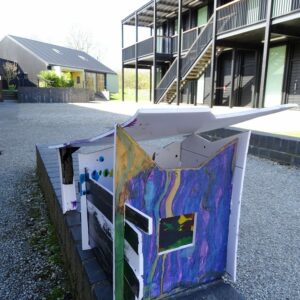
using sketchbooks to make visual notes

Show me what you see

A collection of imagery and sources which you can use to prompt drawing in schools and community groups.
Please note that this page contains links to external websites and has videos from external websites embedded. At the time of creating, AccessArt checked all links to ensure content is appropriate for teachers to access. However external websites and videos are updated and that is beyond our control.
Please let us know if you find a 404 link, or if you feel content is no longer appropriate.
We strongly recommend as part of good teaching practice that teachers watch all videos and visit all websites before sharing with a class. On occasion there may be elements of a video you would prefer not to show to your class and it is the teacher’s responsibility to ensure content is appropriate. Many thanks.
This resource is free to access and is not part of the AccessArt membership.

Drone Footage Over Urban Landscape
Use the film below as source material to enable an exploration of drawing architecture and urban landscapes. You can also try to find drone footage of your own environment, or that of areas relating to projects you are covering in school.
Pause the footage at points which catch your eye and invite the children to make timed drawings – 15 minutes, 10 minutes, 5 minutes, 2 minutes or 1 minute.
Vary the drawing materials you use and work in sketchbooks or sheets of paper of different sizes and textures. You may also like to make multiple line drawings over one page – each with a different colour or line weight, to describe different pause points in the same film to capture a moving landscape.
Bergen, Norway
London
La Sagrada Familia, Barcelona
This Source Material Features in…
Pathway: Cloth, thread, paint

Pathway: Mixed Media Land and city scapes
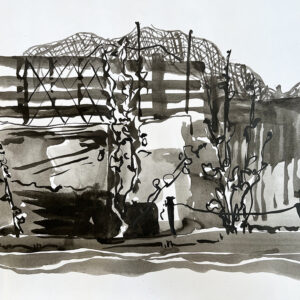
Pathway: Be an architect

using sketchbooks to make visual notes

Show me what you see

You May Also Like…
Pathway: Exploring the world though mono print
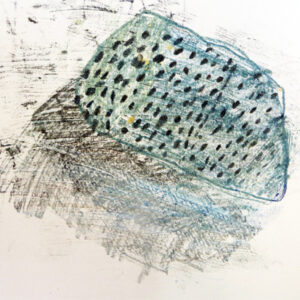
Talking Points: Xgaoc’o Xare
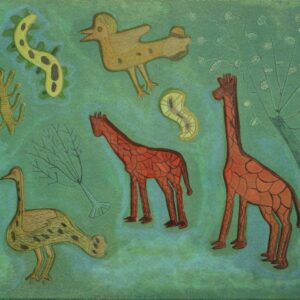
Video enabled monoprint resources
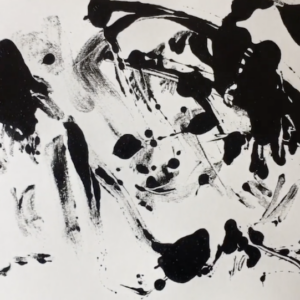
A collection of imagery and sources which you can use to prompt drawing in schools and community groups.
Please note that this page contains links to external websites and has videos from external websites embedded. At the time of creating, AccessArt checked all links to ensure content is appropriate for teachers to access. However external websites and videos are updated and that is beyond our control.
Please let us know if you find a 404 link, or if you feel content is no longer appropriate.
We strongly recommend as part of good teaching practice that teachers watch all videos and visit all websites before sharing with a class. On occasion there may be elements of a video you would prefer not to show to your class and it is the teacher’s responsibility to ensure content is appropriate. Many thanks.
These resources are free to access and are not a part of AccessArt Membership.

The Natural World
Use the film below as source material to enable the children to draw the natural world.
You can either choose to stop the video, and draw from a collection of paused images, or you can also choose to ask the children to work from the moving image.
Find drawing exercises below to help your drawing exploration.
Drawing Exercises
-
Have the children draw in a quiet room, with the video on the whiteboard.
-
Stop the video at a chosen frame and use your voice to direct their drawing. Choose words which relate to the imagery, for example you might decide to focus their attention on vertical lines, so you might choose words like: line, growth, upward, downward, fall… or you might choose to attract their attention to the energy of a wave or the curve of an animals back. Think carefully about the words you use – they don’t have to be used in sentences – you can speak lists.
-
Each sketchbook response might take just 3 to 5 minutes, then move on to another still. Create a sense of momentum.
-
Direct pupils to use a chosen medium. You might like to start with soft pencil or handwriting pen.
You May Also Like…
Pathway:Exploring the world though mono print

using sketchbooks to make visual notes

Pathway: Making Animated Drawings
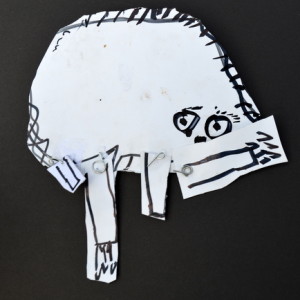
Show me what you see

A collection of imagery and sources which you can use to prompt drawing in schools and community groups.
Please note that this page contains links to external websites and has videos from external websites embedded. At the time of creating, AccessArt checked all links to ensure content is appropriate for teachers to access. However external websites and videos are updated and that is beyond our control.
Please let us know if you find a 404 link, or if you feel content is no longer appropriate.
We strongly recommend as part of good teaching practice that teachers watch all videos and visit all websites before sharing with a class. On occasion there may be elements of a video you would prefer not to show to your class and it is the teacher’s responsibility to ensure content is appropriate. Many thanks.
These resources are free to access and are not a part of AccessArt Membership.

Birds
Use this collection of films as source material for pupils exploring birds. In the first instance you might want to pause the videos as suitable points to enable the children to carefully look at the main forms and details. Try to create a sense of momentum – for example you might pause the video 4 times and ask the pupils to make a 1 minute, 2 minute, 3 minute and 4 minute drawing at each pause.
Encourage close and slow looking by talking as they draw – use your voice to attract their attention to features of the bird.
When pupils are more experienced, you can also try getting them to make their drawings as the videos play – making quick gestural sketches.
You May Also Like…
Pathway: Making Birds
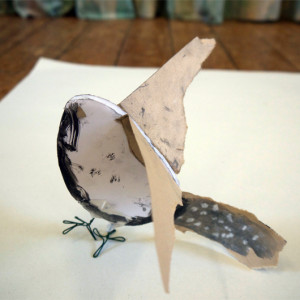
using sketchbooks to make visual notes

Show me what you see

What We Like About This Resource….
“The life of Madge Gill that Sophie Dutton recounts here gives us real insight into the challenges that Madge Gill experienced, and how these challenges would have been common among women at the time. When we study the work of Artists, it adds a rich context to our experience of their work to consider their personal history, and helps us ask questions like ‘why do you think the Artist painted in this way or was inspired by this subject matter?’ If you introduce your class to Madge Gill, begin with looking back over her younger life to try and better understand her motivations as an Artist” – Rachel, AccessArt
You May Also Like….

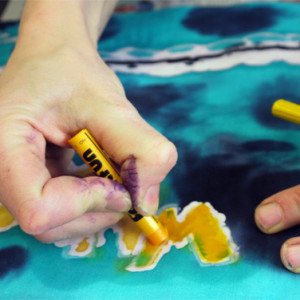
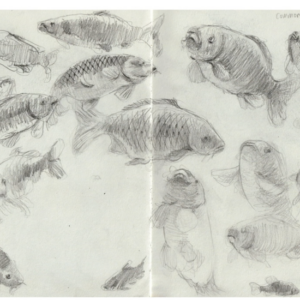
What We Like About This Resource….
“This project provides a real opportunity for children to engage with a range of different processes to produce truly individual final results. Jan Miller is an experienced teacher and connects her projects well with learning outcomes. In this case, children are encouraged to have a loose approach and to make their own creative decisions – which is such a valuable part of any child (or adults!) creative education”. – Rachel, AccessArt
You Might Also Like….
